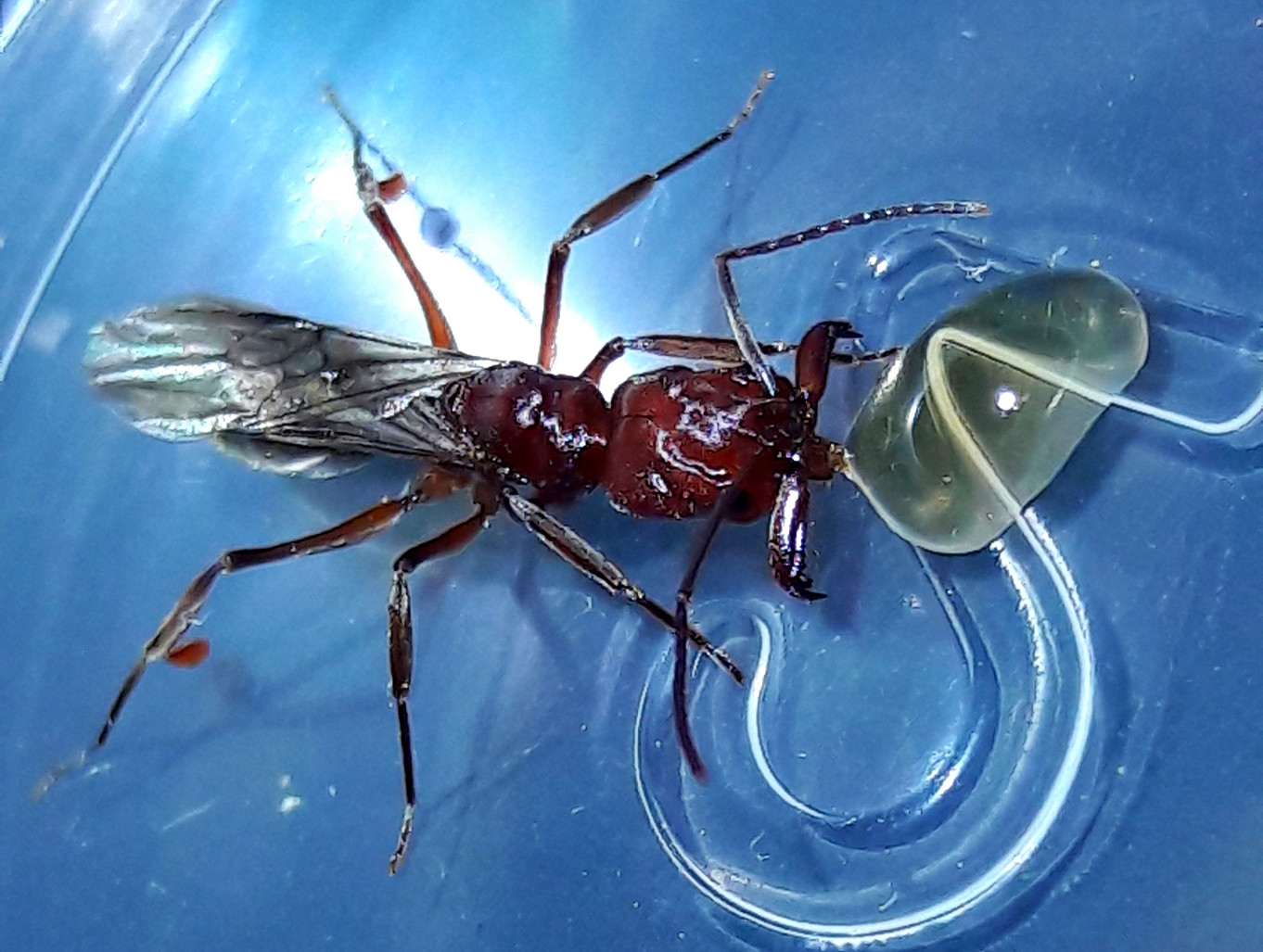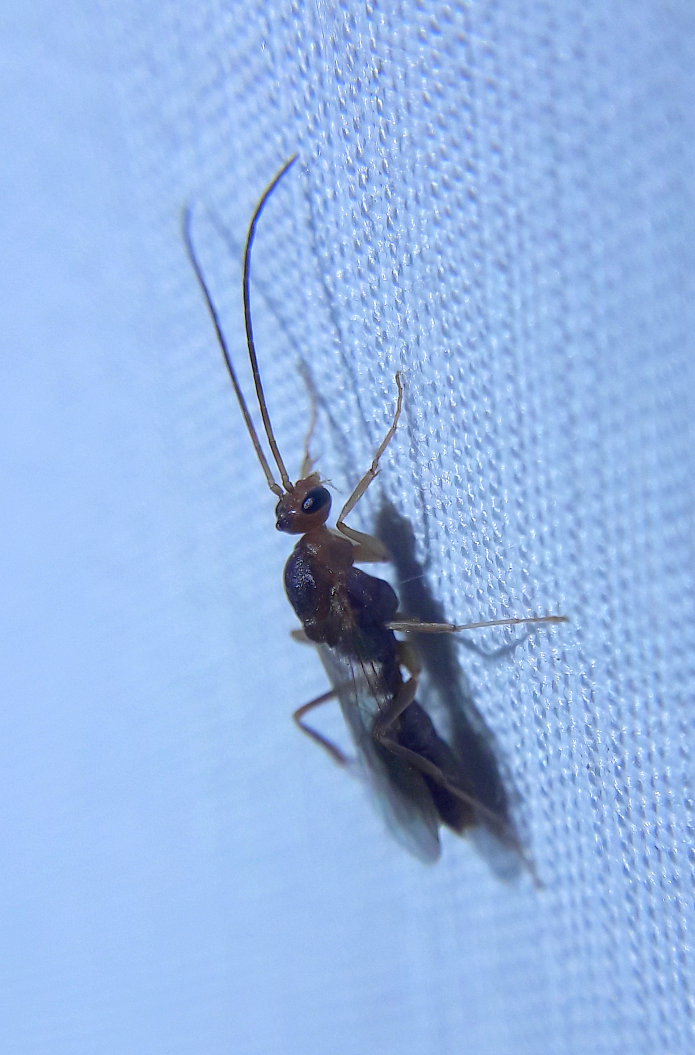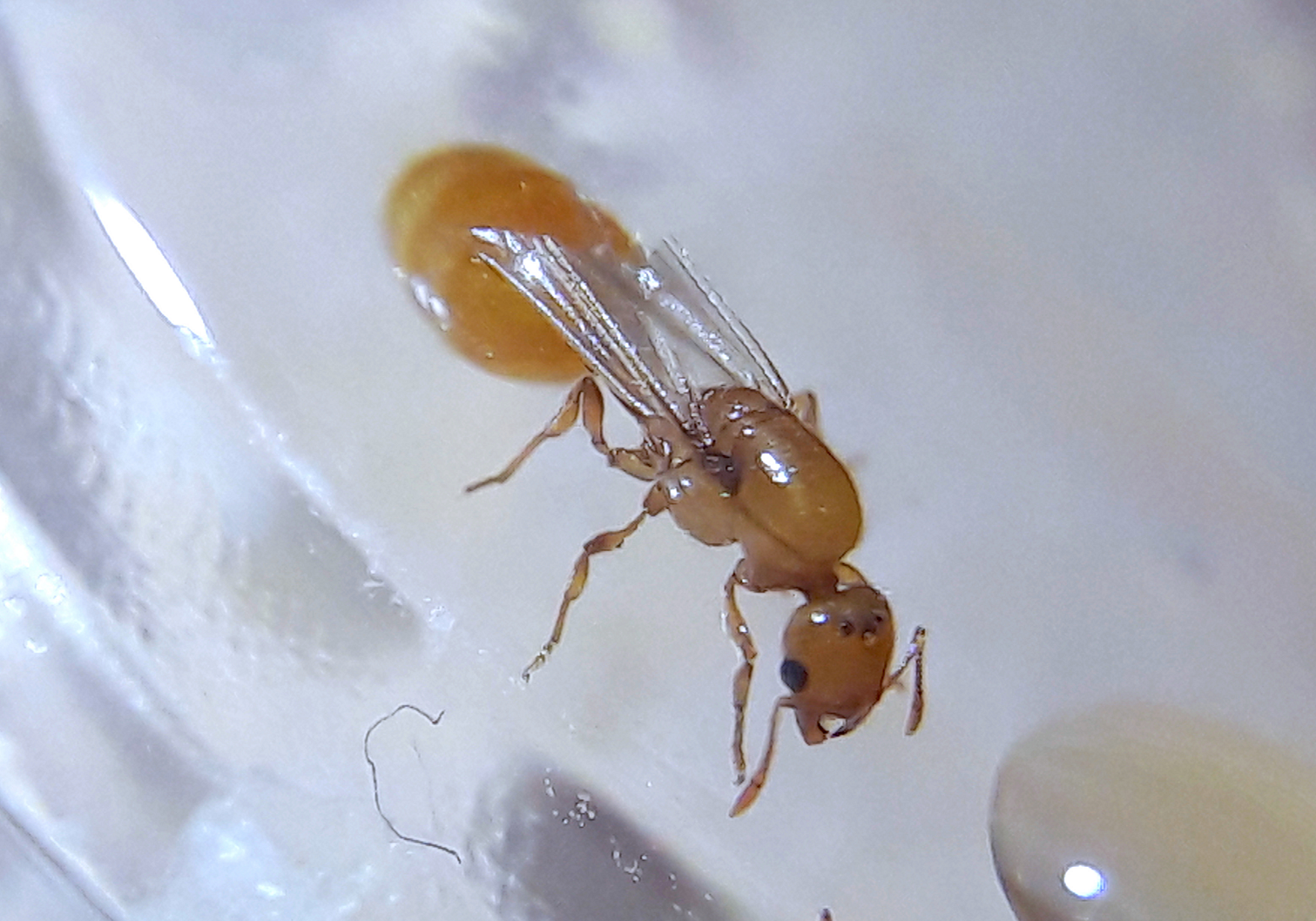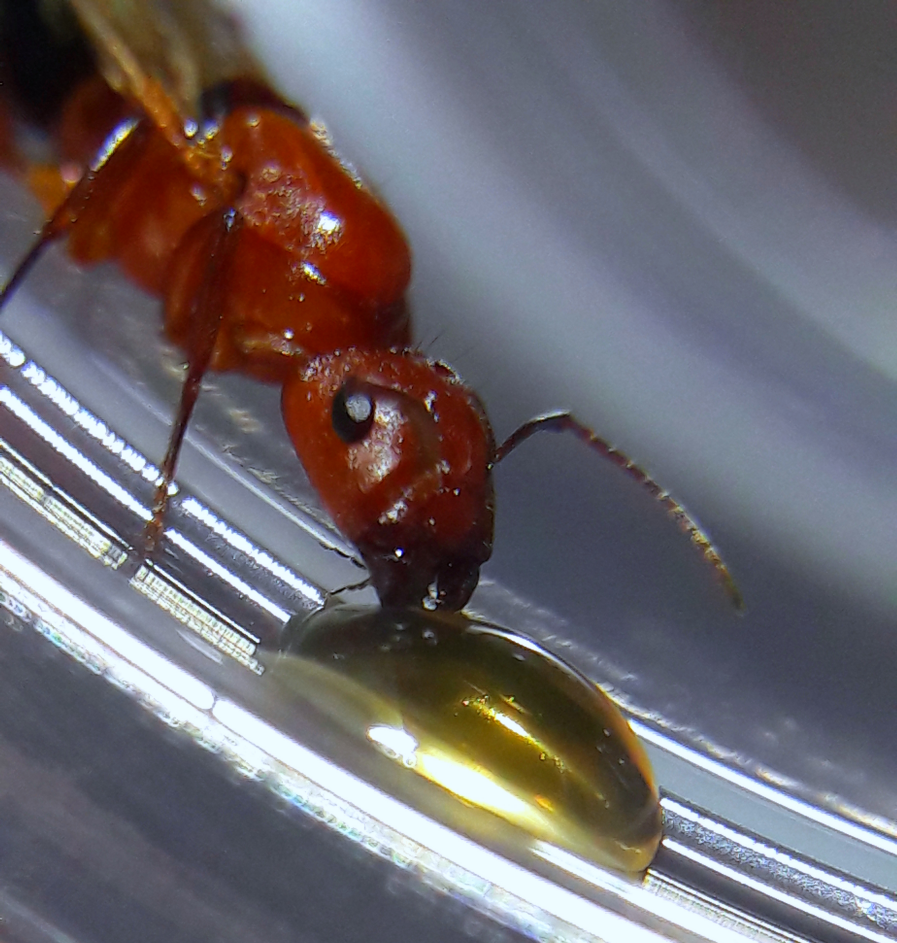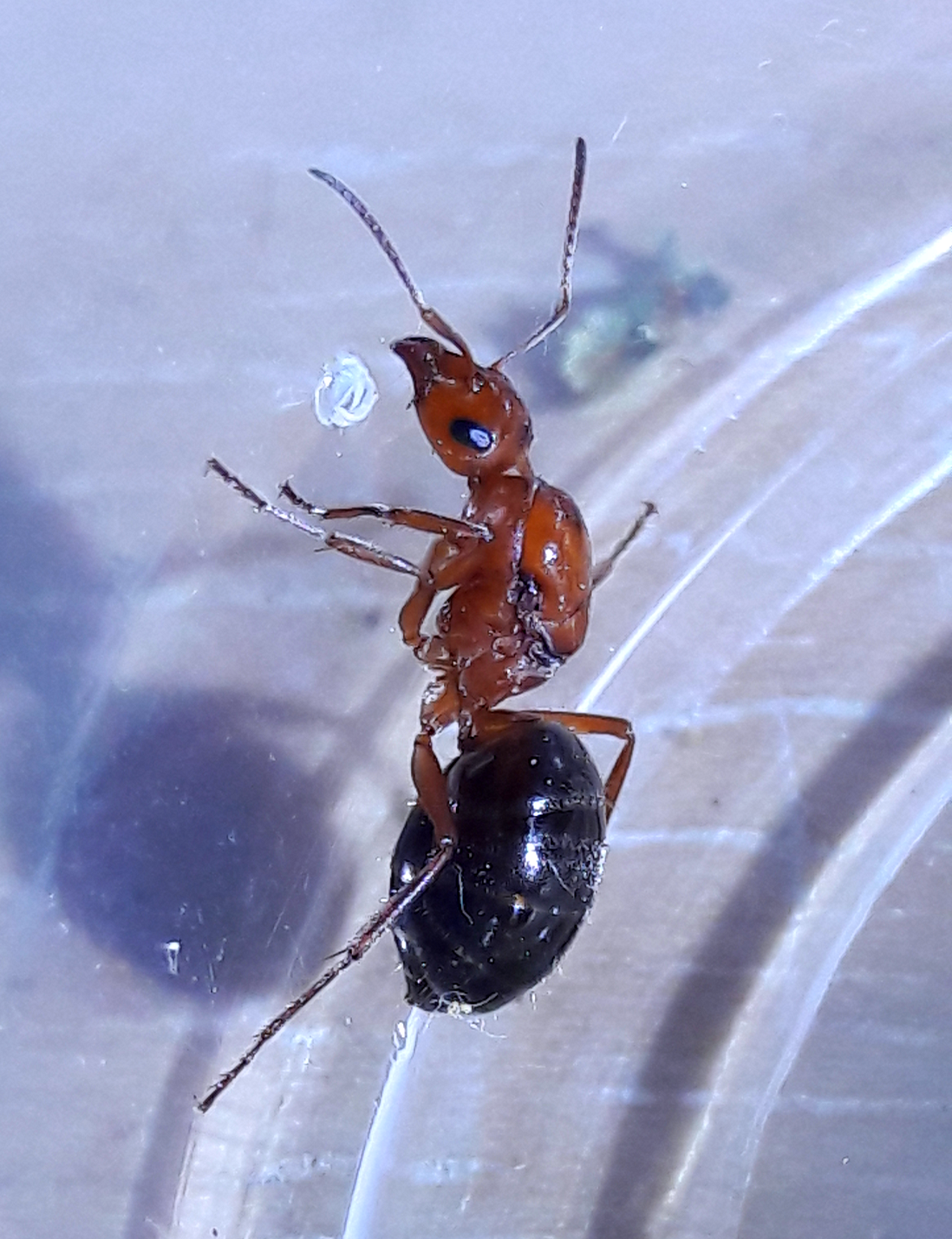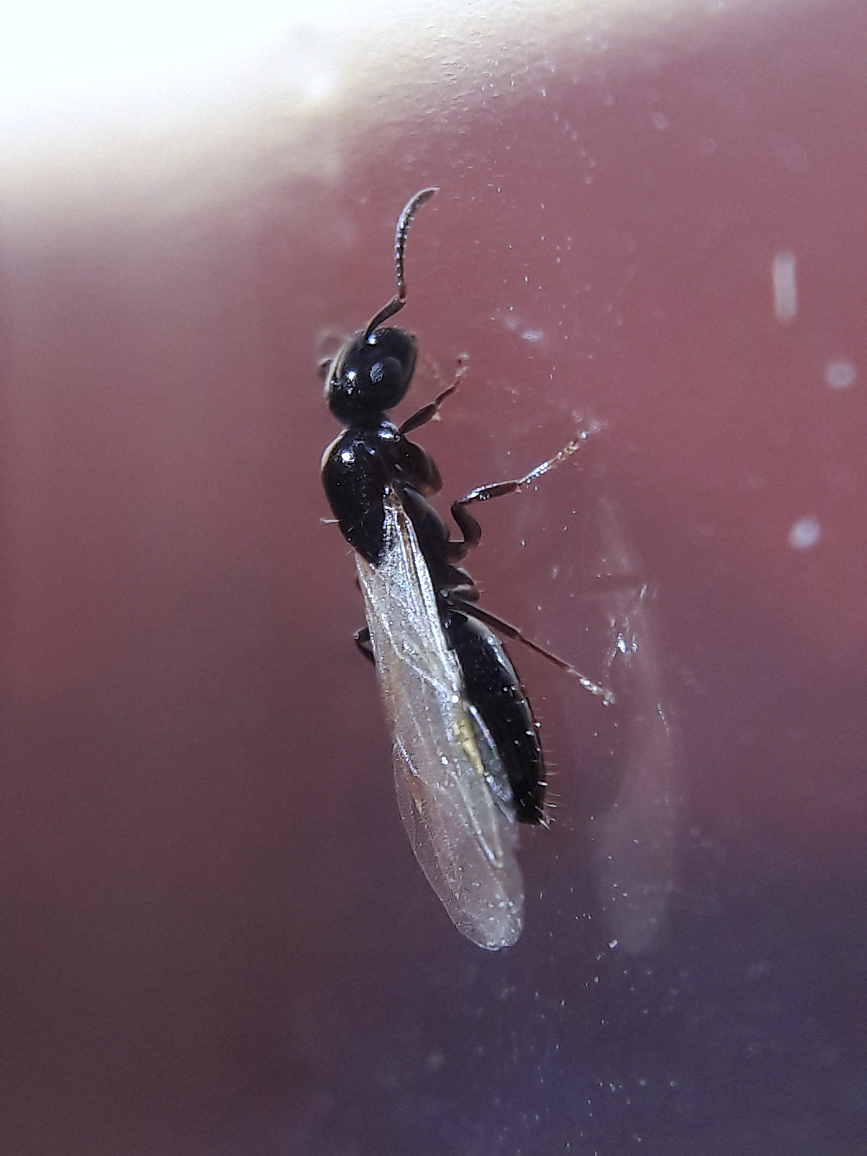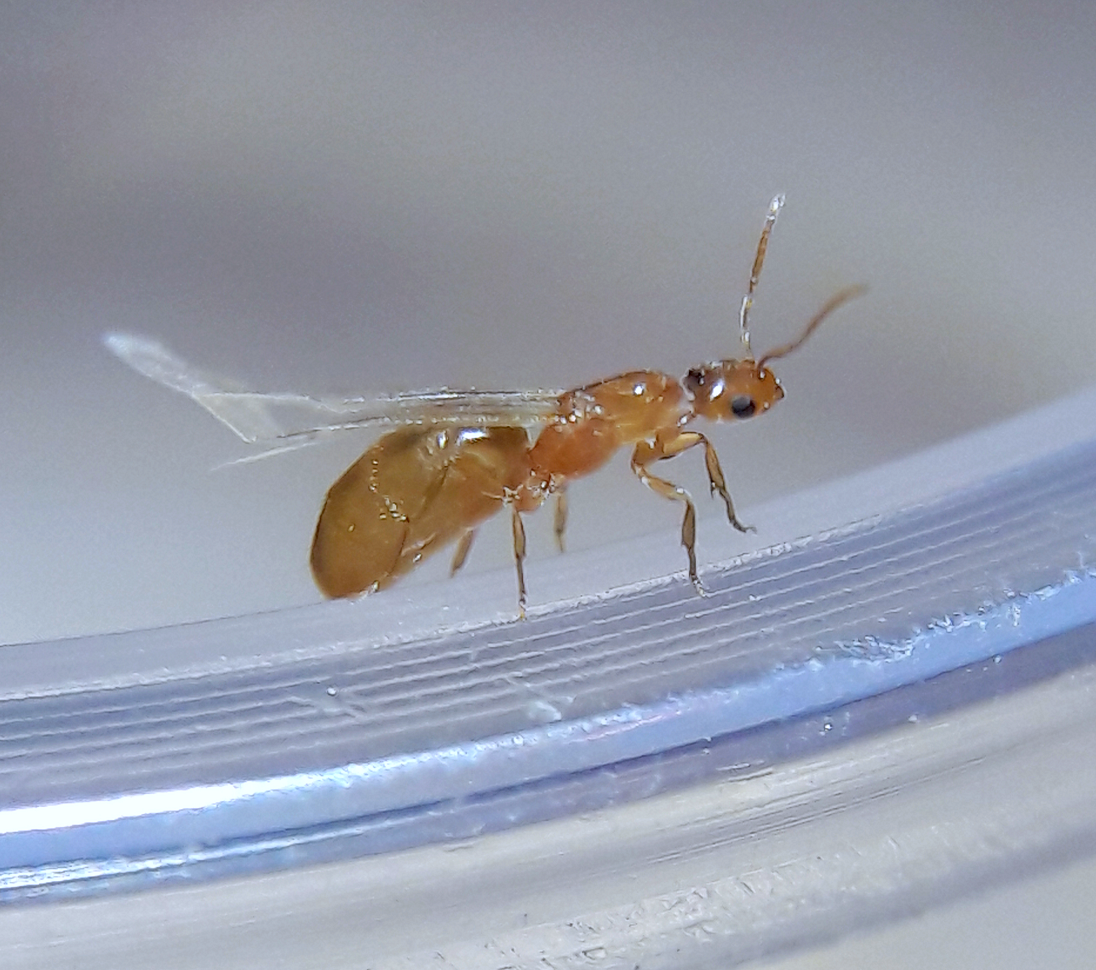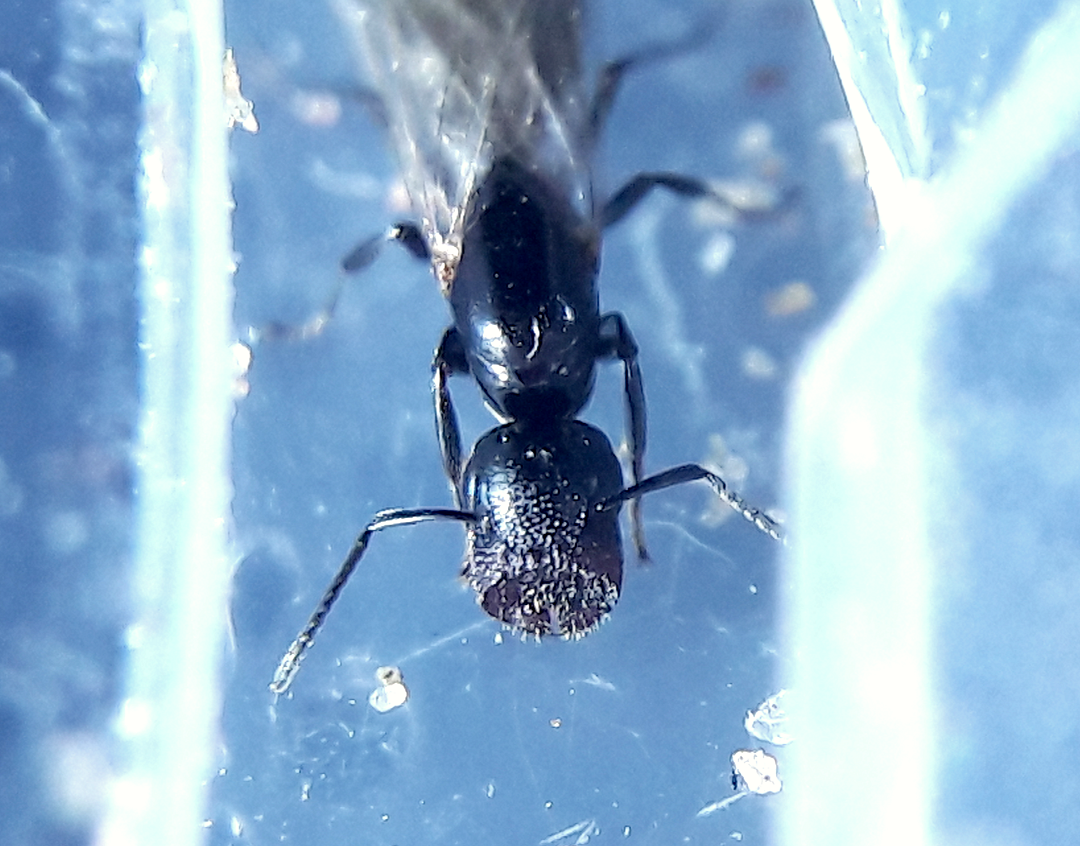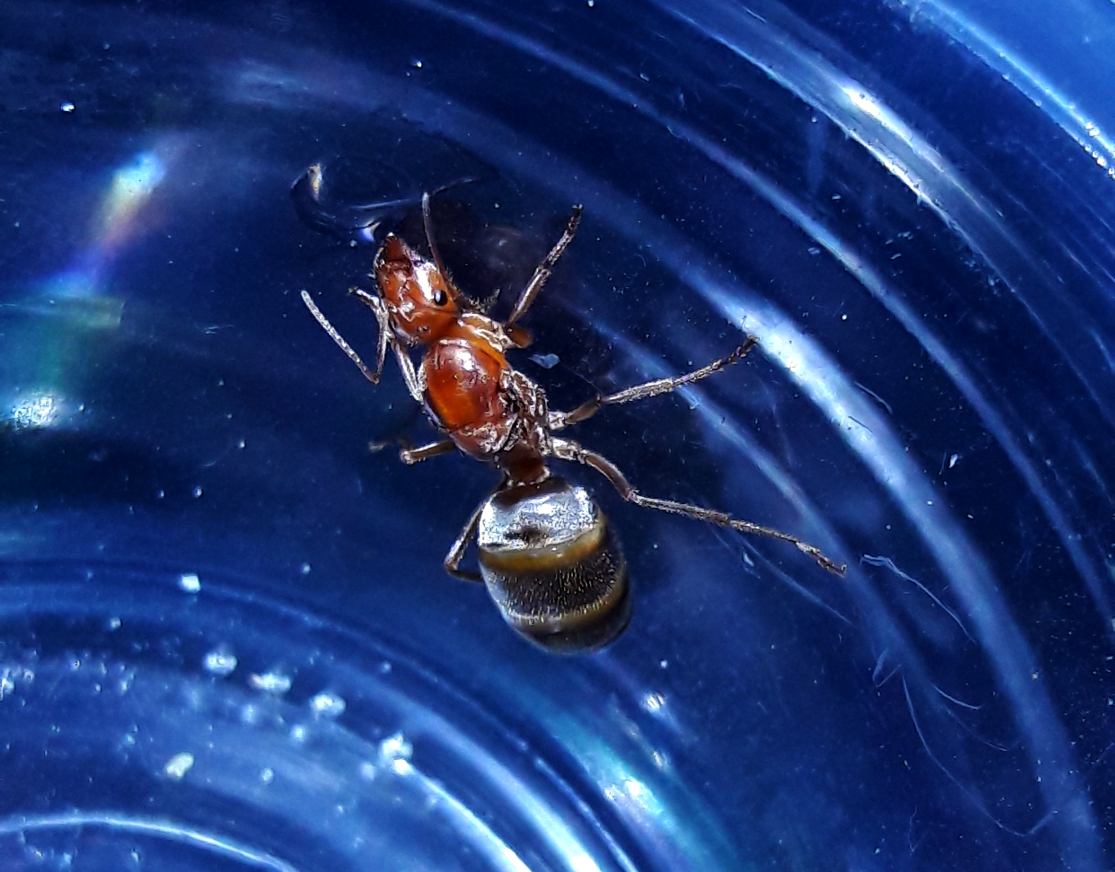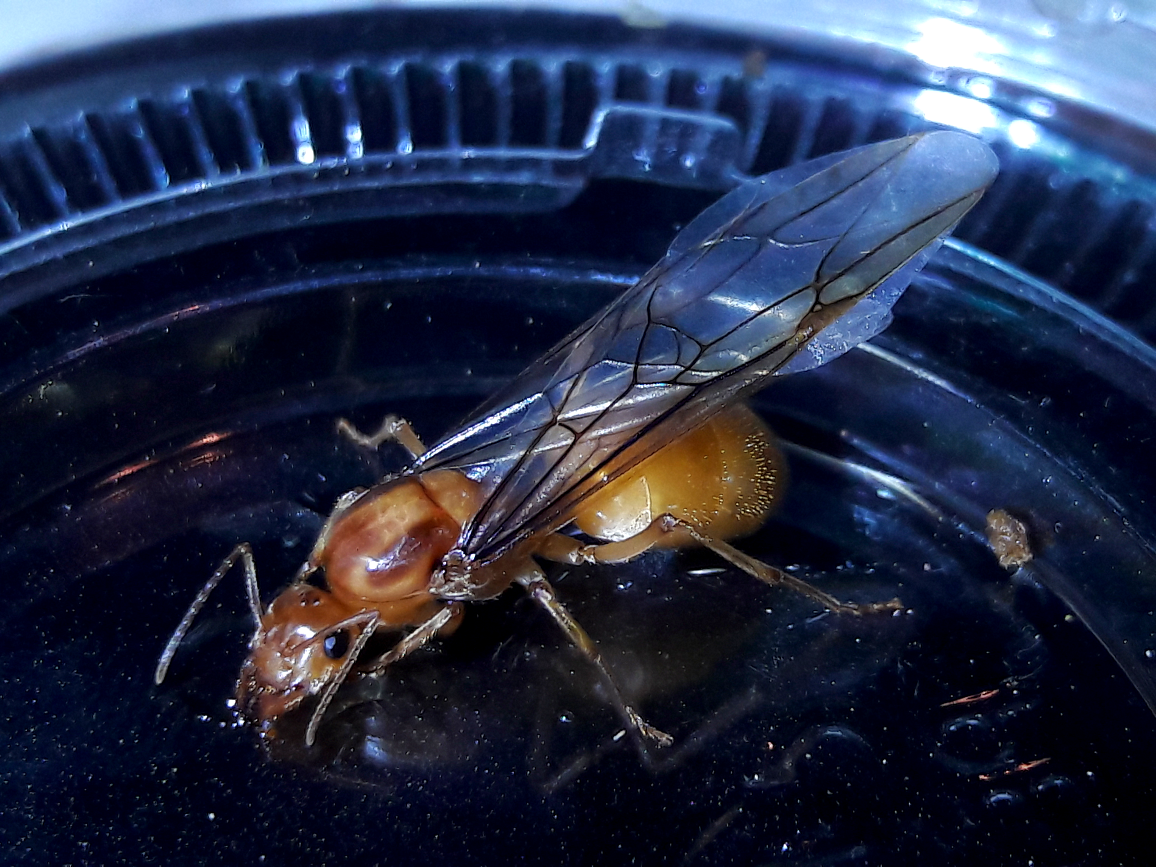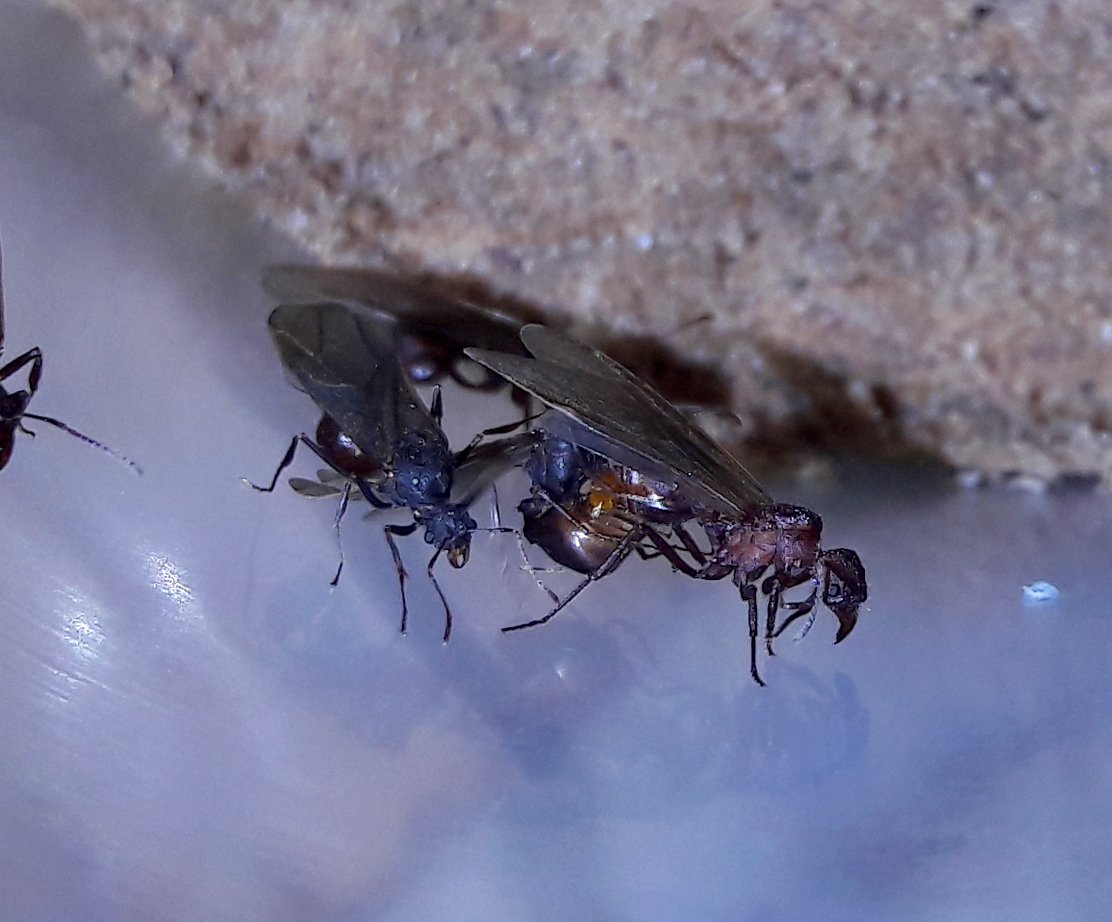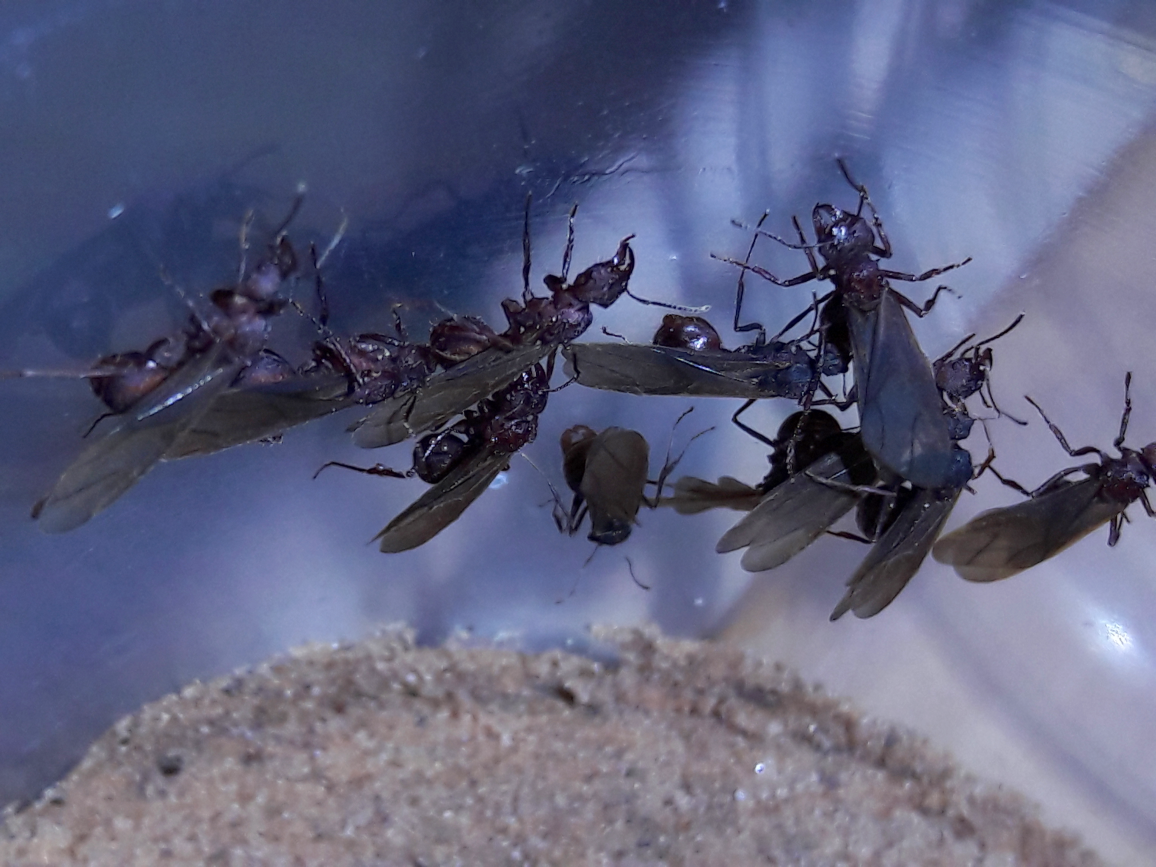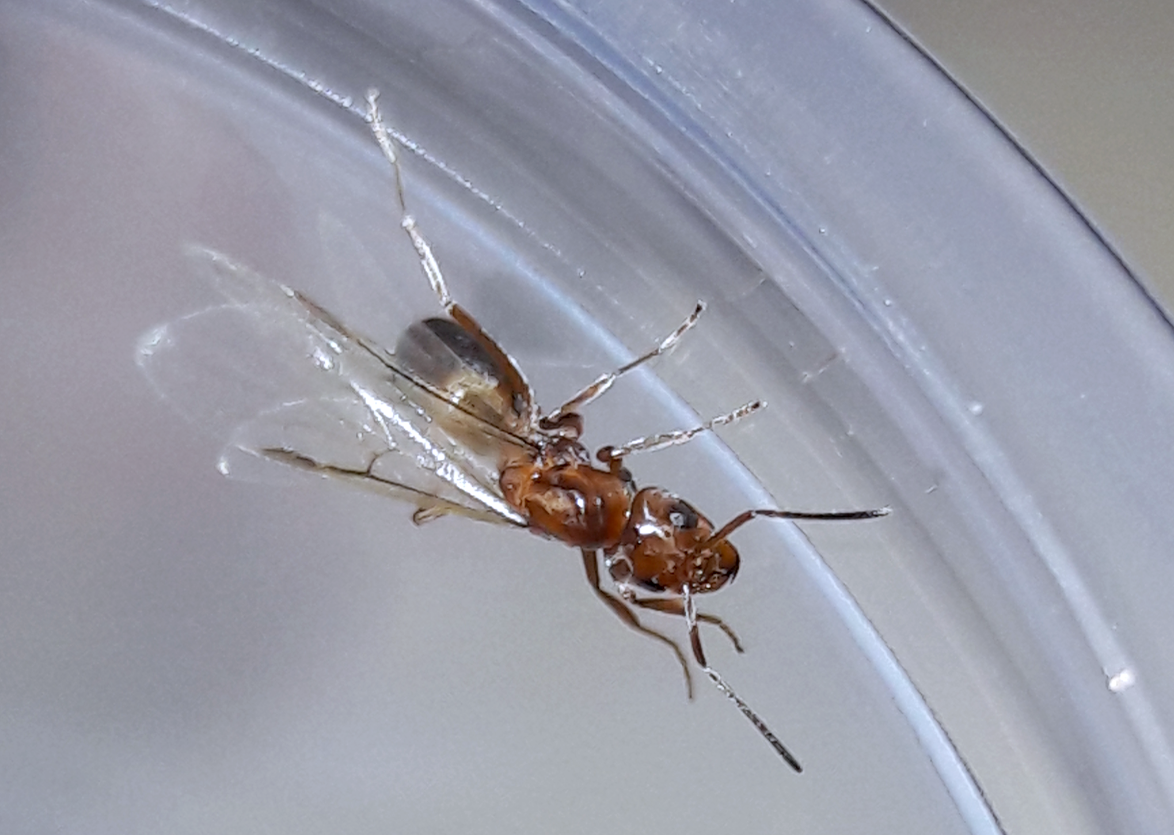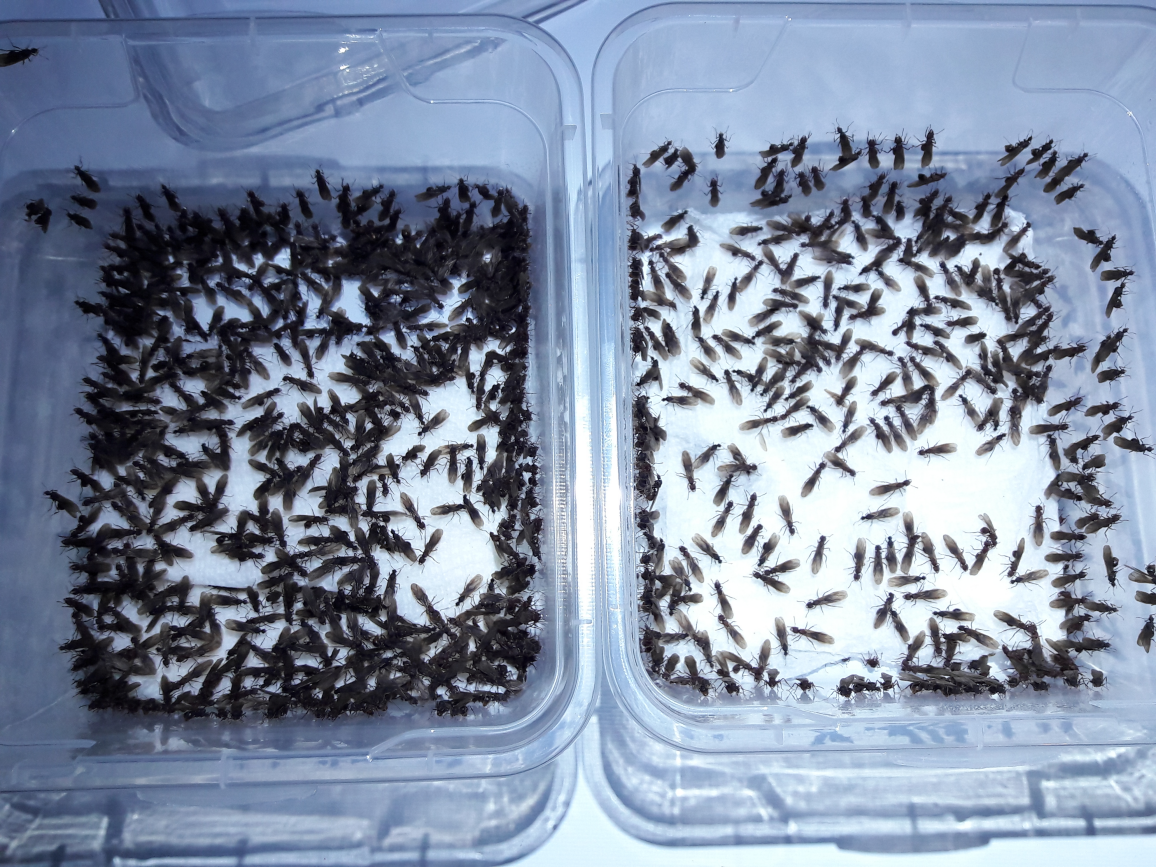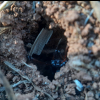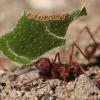I had recently moved to Arizona, and I'm totally enjoying it. I used to have to travel 6 hours for this!
On the 24th, the monsoon began to form, thanks to a one-two punch of tropical storms hitting mexico, and a strong High to the east pulling moisture in.
On the first night (24th), A heavy soaking rain had resulted in a sharp cooldown, triggering a widespread camponotus ocreatus flight that lasted all night long.
I collected around 14 ocreatus queens, and spotted tons of fragilis running around:


I had collected four unusual queens that appear to be vafer, though I'm unsure:


I had hiked in further and found a pair of Myrmecocystus queens that were huddling together.
I am unsure of species, though behavior seems to indicate these are mimicus, which are apparently known for pairing up like that. though i could be wrong:

I then decided to return home, and fired up the light sheet to see what this sudden surge of heat and moisture brought out- diversity had increased significantly:
My light is a simple clip-on light with a hood, i used an extender socket and three Y-sockets so i could use four 100-volt 6500k CFLs:

Numerous crematogaster sp were attracted immediately, along with a ton of male ocreatus (not pictured, sorry) and novomessor albisetosus queens, along with a surprise random Zootermopsis:



Other notable stuff:







June 26th- Decided to check out a rest area and found alot of potential Camponotus trepidulus and definite festinatus queens.
they were easily identified by their larger size alone- squatches and frags don't get this big, though examining the clypeus and finding an obvious medial carina confirmed it to be festinatus:


One thing that blew me away was the sheer number of kissing bugs and other assassins here, mostly rubida but recurva, a much larger species, was quite common.
this species is interesting in that they do not require a blood meal and and be reared entirely on roach lymph and are communal by nature:

An unknown species i still cannot identify yet and a beautiful Black Bee assassin (Apiomerus longispinus):

We'll see what else happens later in the week- it's supposed to be alot heavier. Thanks for reading!
Edited by mbullock42086, June 27 2024 - 10:04 PM.




































